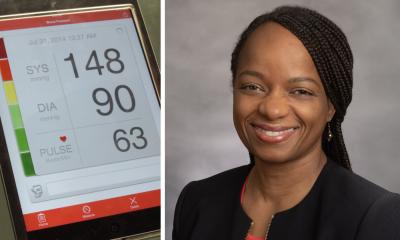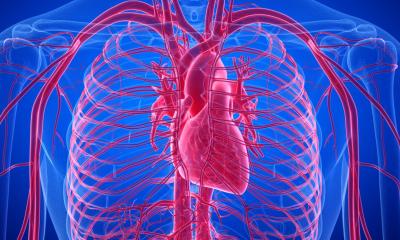Minimising the risk of falling
By Hans Peter Hartl, member of the Nursing Directorate at the Department of Gerontopsychiatry, Mainkofen District Hospital, Germany.

Many old people tend to be restless and try to get out of bed. In one of his cases, neuro-psychologist Oliver Sacks describes a man who regularly fell out of bed because, he said, in his bed he would find a cut-off human leg that was not his own and which he wanted to throw out. While trying to do so, he continued, he must have fallen out of the bed himself, then found the leg fixed to his body.
In a similar case, a cardiologist arrived at a convincing diagnosis: paralysis following an embolism induced by ventricular fibrillation. The man had simply lost all feeling in his left body half, which is particularly noticeable at night when reduced blood circulation makes the affected body parts seemingly colder and heavier. The man simply could not identify the leg as his own.
Prophylaxis for patients at risk
The 680-bed Mainkofen County Hospital, in Bavaria, specialises in psychiatry, psychosomatics, forensic psychiatry, neurology and neurological rehabilitation. Here the patients’ risk of falling is a major issue, which prompted a number of measures to prevent falls and concomitant injuries. The staff is well aware that there is no 100% prevention and that mechanical devices, such as fixation of the patient or bed rails, are ethically and legally questionable solutions.
Consequently, low beds were purchased – but still, the question remained how injuries can be prevented, or at least reduced to a minimum, if a patient falls out of the low bed. Placing a permanent pad such as MTS’s Soft Landing Strip next to the bed turned out ideal – meaning a safe and ethical – solution.
• Advantages of the low-bed-and-pad combination:
• Flattened edges ensure daily nursing tasks are not impeded
• The Soft Landing Strip is designed to support shoes and even wheelchairs, so it can be permanently placed next to a bed
• Anti-slip material ensures patient/staff safety
• The pad cushions falls, even from normal-height beds and prevents injuries
• The easy-to-clean surface facilitates compliance to hygiene standards.
Due to these advantages we decided to ensure ethical and safe care of patients by fitting the departments that have patients at risk of falling (e.g. geronto-psychiatry and neurology) with low beds and Soft Landing Strips.
28.10.2008











